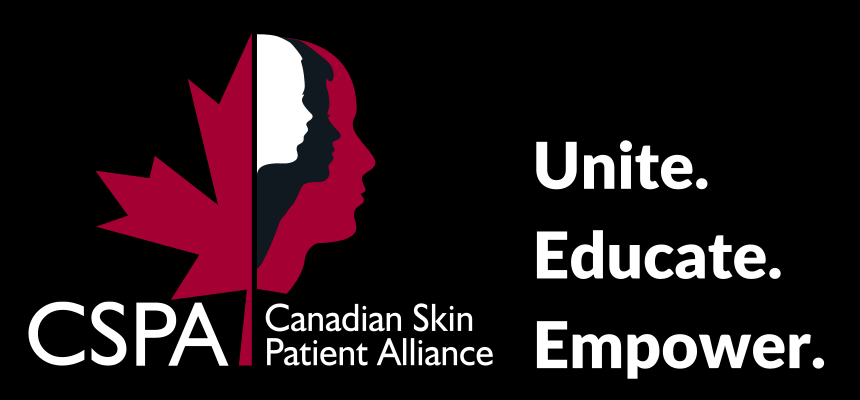Diagnosis
Your physician will examine your nails and may send a small clipped sample for testing. Tell your physician how long you have had this condition, what treatments you may have tried so far, and how nail fungus has affected your day-to-day life.
Several factors unique to modern life have resulted in an increased prevalence of nail fungus. Patients can come into contact with the infecting yeasts or molds in many ways:
- Going barefoot in public areas, such as swimming pools and gym locker rooms or showers
- Getting your nails done in a nail salon where proper hygienic practices are not observed.
- Wearing shoes that trap moisture and warmth, particularly fashionably tight, high-heeled shoes
Other risk factors for nail fungus infections include: previous nail injury or trauma, skin infections, contact with infected household members, psoriasis, family history, poor circulation, smoking, and genetic predisposition. Moreover, the number of affected patients is much higher in those over age 55 and individuals with certain medical conditions such as HIV/AIDS, diabetes and psoriasis. Men have a 2.4 times greater risk of developing a nail fungus infection than women. Other contributing factors include a history of athlete’s foot and excessive sweating.
Treatment
Fungal infections can be difficult to cure, and treatment depends on the severity of the symptoms, the specific infectious organism, extent of nail involvement, side-effects of treatment, associated costs, and patient preference. Patience is required with treatment as it may take as much as 12 to 18 months for a healthy nail to grow out and for nail appearance to improve. A “true” fungal infection can only be diagnosed by a physician after obtaining appropriate nail cultures. Consult your doctor if you suspect you have nail fungus.
- Over-the-counter treatments:It is unlikely that an over-the-counter remedy will properly treat nail fungus. More importantly, the use of such remedies may delay appropriate treatment.
- Prescription topical treatments:Topical therapy is the first-line treatment for patients with mild-to-moderate nail fungal infections. These topical agents are applied directly to the nail and are relatively safe, with the most common side effect being irritation from certain ingredients in the treatment, such as alcohol. Topical nail fungus treatment options include ciclopirox and efinaconazole. Rarely, a low-dose topical corticosteroid may be prescribed for an anti-inflammatory effect, although it is avoided in most cases. The disadvantage of topical therapy could be a longer treatment time period and decreased effectiveness in extensive disease with more severe nail involvement.
- Prescription oral therapy is preferred for treating severe nail fungus infections, but they may not be suitable for some patients because of drug interactions (especially in older adults) and other safety concerns (e.g. liver toxicity). Additionally, some medications are contraindicated in women who are pregnant or patients with heart disease. Other side effects may include headaches, taste disturbances, and an upset stomach. Always notify your doctor of all your health conditions to reduce the risk of side effects or contraindicated use of medication. Options for oral antifungal therapy include terbinafine, itraconazole, or fluconazole. Advantages of oral therapy include shorter treatment time periods and greater effectiveness compared to topical therapy.
- Nail removal:With or without other treatments, your physician may suggest having your nail removed. Chronic pain may require permanent removal of the nail.
- Laser treatment:A fairly new treatment option is light therapy, commonly performed at a medical clinic. It is a relatively expensive treatment option with limited evidence. Studies are still being done to confirm the exact effectiveness of this therapy. Speak with your doctor to discuss if this option is suitable for you.
- Photodynamic therapy: Very limited data exists regarding successful use of photodynamic therapy to treat nail fungus. As more data becomes available, this may become a viable treatment option.
- Surgery: Surgical removal of the nail is performed for patients who do not respond to any other treatments. After surgery, topical or oral treatment is usually started to prevent recurrence.
- Symptoms relief with topical urea: Thick, deformed nails may make it difficult for patients to trim nails and could cause pain. Topical urea may be applied either alone or in addition to treatment above to decrease nail thickening.
Unfortunately, all treatments have relatively high failure rates due to inaccurate diagnosis, resistance to drugs or patients not adhering to therapy. For most optimal results, it is critical for patients to take medication as prescribed for the full-time course.











